Photo


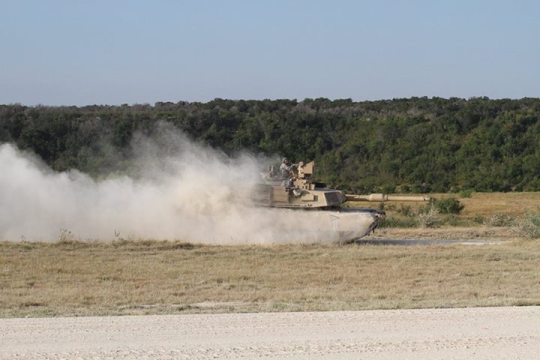
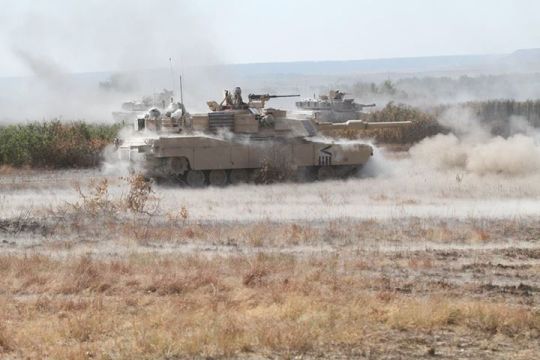
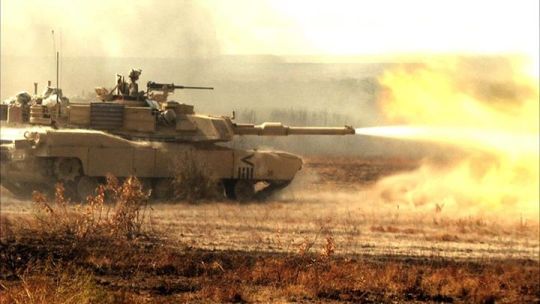
“If you want peace …”
Original Caption: Through the dust and heat, Delta Company, Thunder Horse 2-12 Cavalry Regiment executed their combined arms live fire exercise at the Crittenberger Multi-Purpose Range Complex, Fort Hood, Texas.
#us army#m1a2 abrams#fort hood#2-12 cavalry regiment#1st brigade combat team#1st cavalry division#first team#queue
73 notes
·
View notes
Link
“What can be seen can be hit, what can be hit can be killed”
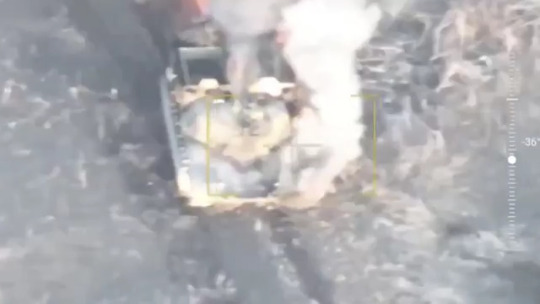
The U.S. is withdrawing its Abrams main tanks from Ukrainian battlefields after the platforms proved unable to deal with the threat of Russian drones, according to two unnamed U.S. military officials who spoke with the Associated Press.
. . . the mass use of drones over Ukrainian battlefields, with both sides employing surveillance and strike platforms in the attritional fighting that has come to characterize Russia's invasion.
Their constant presence in the air has made it difficult to amass and move high-value weapons systems like the Abrams close to the front.
10 notes
·
View notes
Text
. . . judge, soldier, and mayor of Dallas, the son of George Good, was born in Monroe County, Mississippi, on July 12, 1827, and reared in Lowndes County, where his father worked as a shoemaker and farmer.
He attended Cumberland University in Lebanon, Tennessee, and read law in Columbus, Mississippi, before his admittance to the bar in 1849. He practiced law in Marion County, Alabama, and worked on his father's farm before 1851, when he headed to Texas with his patrimony of $2,000 and settled in Dallas.
In 1852 he was elected to command the Dallas citizens' militia group in the Hedgcoxe War. Good married Susan Anna Floyd on July 25, 1854; they had six children. In 1859 he was appointed an official visitor to the United States Military Academy at West Point, but with the outbreak of the Civil War he organized a Confederate artillery battery.
He fought as a captain with Benjamin McCulloch's brigade at Elkhorn, was wounded, and was then appointed presiding judge of the Confederate military courts of Mississippi, Alabama, and Georgia, with rank of colonel.
Upon his return to Texas after the war, he was elected judge of the Sixteenth Judicial District, Dallas, but was removed by Gen. Philip Sheridan as an "impediment to Reconstruction." Good practiced law in Dallas as a member of the firm of Good, Bower, and Coombes.
In 1880 he was elected mayor of Dallas. He was a Mason and Odd Fellow. He died on September 17, 1882, and was buried in the Odd Fellows Cemetery in Dallas.

Judge John Jay Good (1827-1882)
#dallas#history#dallascounty#texas#pioneers#dallaspioneer#dallas county#Texas handbook online#reblog
3 notes
·
View notes
Text

Gun Camera View From One P-47 Of XIX TAC Shows Another Republic P-47 Thunderbolt Chasing Flaming Me-109 That Crashed.
15 notes
·
View notes
Photo

The Sweet Track
The Sweet Track is a Neolithic timber walkway, located in the Somerset Levels, England. It was originally part of a network of tracks built to provide a dry path across the marshy ground. The Sweet Track ran between what was then an island at Westhay to a ridge of high ground, close to the River Bruce. The remains of mounds have also been found at Westhay, indicating the remains of a settlement.
About 1.6 kilometres (1 mile) long, the Sweet Track was discovered in the 1970s CE during a peat excavation by Ray Sweet, (who also gave the track its name). Using dendrochronology (tree-ring dating) the track has been dated 3807/3806 BCE. For many years it was thought to be the oldest trackway in Northern Europe, until 2009 CE when a slightly older one was discovered in Plumstead, London.
The Somerset Levels are an area of wetlands and peats. The conditions of such areas can naturally lead to the preservation of organic materials. Materials become encased in a wet and airless environment, thus preventing, to a degree, decomposition. Wooden artefacts and structures have been recovered from the Levels, as well as the two well-preserved Iron Age villages of Glastonbury and Meare.
The track would have been built by a community of Neolithic farmers living in small settlements. Farming had spread from the Middle East and by this point was firmly established in Britain. According to pollen evidence, the whole of Britain would have been covered in forests at this time. The Neolithic peoples would have burnt and cleared the forests to have the land on which to grow their crops, mostly grains. A fair degree of organization is evident in the stockpiling of wood and construction of the tracks, and some members of the community would have had to have skills in woodworking. Using stone and flint axes, the trees for the track were cut on dry land with different cutting techniques used, depending on their age. Older oaks were cut vertically whilst younger trees tangentially. Modern research has been carried out using replica axes and the cut marks have also been studied to establish the methods of cutting used. The planks of wood were put together in the marsh, the final construction taking about a day to complete. Long poles were driven slantwise into the ground and then planks were laid in between, held in place by vertical pegs. The planks were made of oak, ash and lime. The poles and pegs were made mainly of hazel and alder. There are also remains of another track, known as the “Post Track”, which dates 30 years earlier than the Sweet Track, 3838 BCE. It ran roughly parallel to the Sweet Track, possibly used by the builders of the Sweet Track as an access route.
Artefacts have been found beside the track, among them, pottery and axe heads including one made of jadeite. Whether they had been deliberately buried, perhaps as an offering, or just lost, remains unknown. There have been many Prehistoric trackways found in England, but more than half reside in Somerset. Included in these are the Abbot’s Way, Eclipse, Honeygore, Meare Health and Garvins tracks. They were constructed using varying styles, such as corduroy - laying short logs parallel to each other and side by side. The Sweet Track is the most well-known of these. It has been declared a scheduled monument (of national importance). Most of it remains in its original location and requires constant conservation to keep the wood in its damp condition. There are reproductions and a donated section now resides in the British Museum, London.
Continue reading…
33 notes
·
View notes
Text

“The Gulag Doctors confronts a central paradox of the Stalinist Gulag: brutal exploitation of prisoners coexisted with a substantial health care apparatus intended to preserve their labour power. Using personal narratives, Healey leads us into the heart of this paradox and paints a profoundly human picture of an inhumane system.”
9 notes
·
View notes
Text
#all glory is fleeting#archaeology#antiquity#history#ancient rome#ancient city#ancient architecture#reblog
51 notes
·
View notes
Text


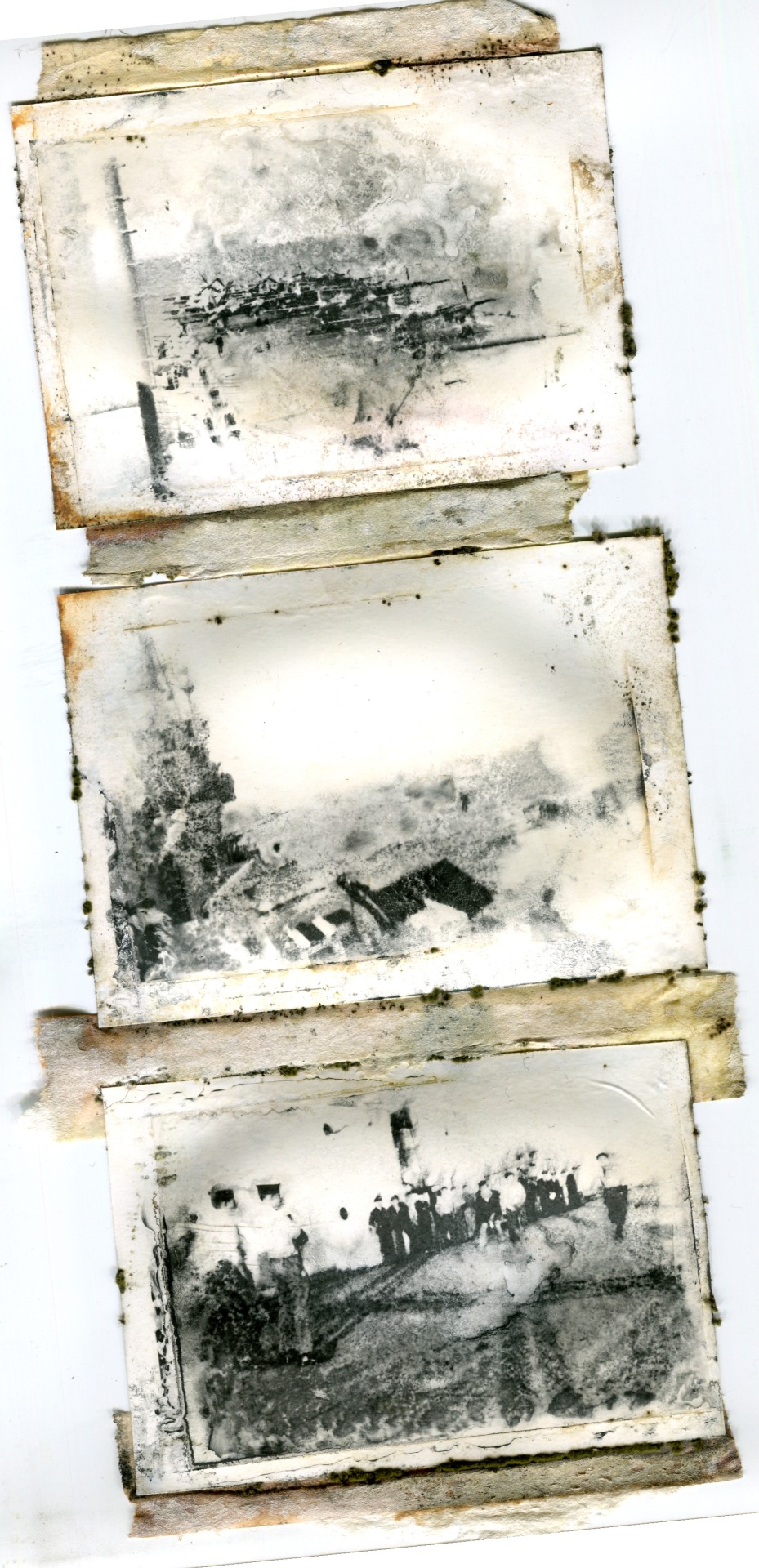

Recently I managed to save a framed set of photographs of HMS Vengeance (R71) from being consigned to oblivion in a skip. The frame dates from the the 1950's (I can't remember the exact dedication unfortunately), but I don't know when the phots were taken. Obviously, they have been very badly water damaged (hence their disposal) but I felt that I could at least save what I can for posterity. At some point I'll try and clean them up and remove that mould.
If anyone can gleam some more info as to when and where these were taken, I would love to hear it!
#hms vengeance#hms vengeance (r71)#colossus class#light aircraft carrier#royal navy#fleet air arm#photoset#reblog
10 notes
·
View notes
Text
The Roman Pharaohs of Ancient Egypt
In ancient history the pharaoh was the head of state and ruler of the country. However, he was not just a secular ruler, but a divine being on Earth who acted as an intermediary between the spiritual world and the earthly world. In essence he was a mortal representative of the gods. Interestingly, one did not have to be an Egyptian to be an Egyptian pharaoh. The act of conquering and ruling Egypt qualified one to be a pharaoh. As a result there were many foreign pharaohs throughout Egyptian history including those who were Persian, Nubian, Libyan, Hyksos, Kushite, and Macedonian Greek.
In 30 BC Cleopatra VII became the last ruler of Egypt from the Macedonian Greek Ptolemaic Dynasty. Cleopatra had backed the losing side of a Roman civil war, opposing Octavian and supporting Marc Antony. Octavian won, she was deposed, she committed suicide, and Egypt became a Roman province. When Octavian became Augustus and founded the Roman Empire, the Egyptians also recognized him as the official Pharaoh of Egypt. Afterwards successive Roman emperors were also declared pharaohs, until around the 4th century when Christianity became the dominant religion in Egypt.
Truth be told, most if not all Roman emperors didn't give a damn about being pharaohs. Most emperors never even stepped foot in Egypt and it didn't seem like they took their role as pharaoh very seriously. Regardless Egyptian iconography and art was crafted depicting Roman emperors in Egyptian style wearing Egyptian royal regalia and interacting with Egyptian gods. Some interesting examples are...
Gigachad Pharaoh Augustus

Tiberius

Nero
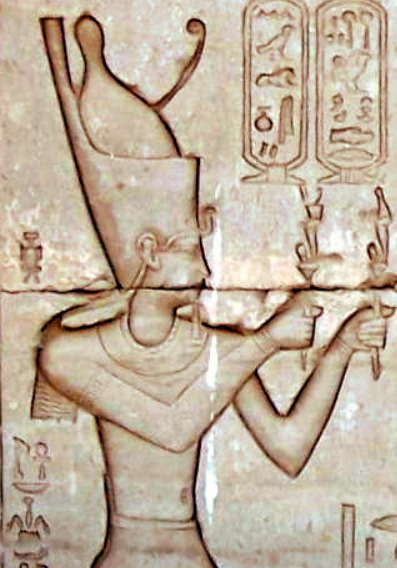
Nero again

Trajan making sacrifices to Hathor
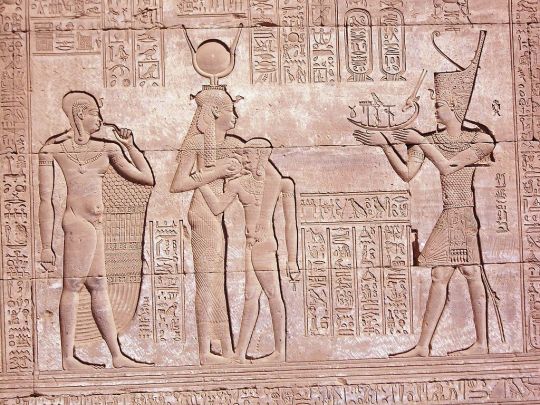
Domitian

Domitian with Horus
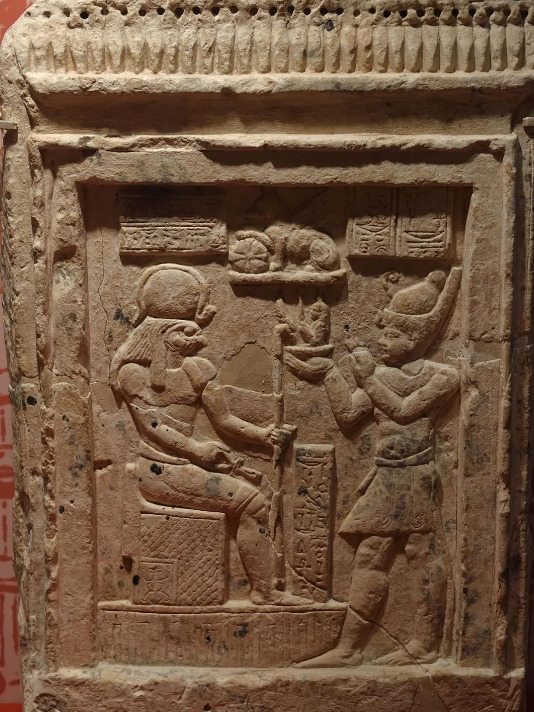
Caracalla
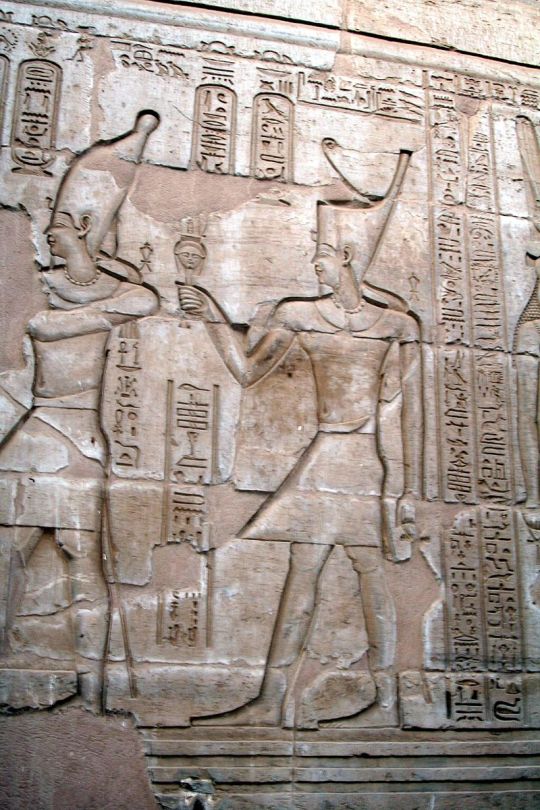
Marcus Aurelius

99 notes
·
View notes
Text
Our confidence in Christ does not make us lazy, negligent or careless, but, on the contrary, it awakens us, urges us on and makes us active in living righteous lives and doing good. There is no self-confidence to compare with this.
Ulrich Zwingli
70 notes
·
View notes
Text

Hi everyone,
I am currently writing my bachelor thesis and it involves an online-survey which is available in German and English.
I would be ever so grateful if you could take part. It takes 10-15 minutes and everyone 18 years old or older is welcome. It is also 100% anonymous.
You can also share or reblog this post, the more participants the better.
Thanks to everyone for their support💙
Love, Sofia (ravenclawreign)
Click here ⬇️
12 notes
·
View notes
Text

US soldiers and a Sherman tank of the U.S. 3rd Army make their way down a country lane - Metz, north-east France; November 1944
#world war two#ww2#worldwar2photos#history#1940s#ww2 history#wwii#world war 2#ww2history#wwii era#Sherman#m4 Sherman#tank#american tanks#reblog
123 notes
·
View notes
Text

Near Lake Buchanan, Texas 🇺🇸
66 notes
·
View notes
Text




@military_vehicle_gallery
M5A1 Stuart Light Tank.
42 notes
·
View notes
Text

Camouflaged M60 tanks take firing positions on a road in West Germany, 1980
29 notes
·
View notes
Text

“Texas Spring”, 2019 by Norman Engel
#norman engel#texas artist#southwest art#texas art#texas hillcountry#nature#texas#landscape painting#landscape#reblog
154 notes
·
View notes
